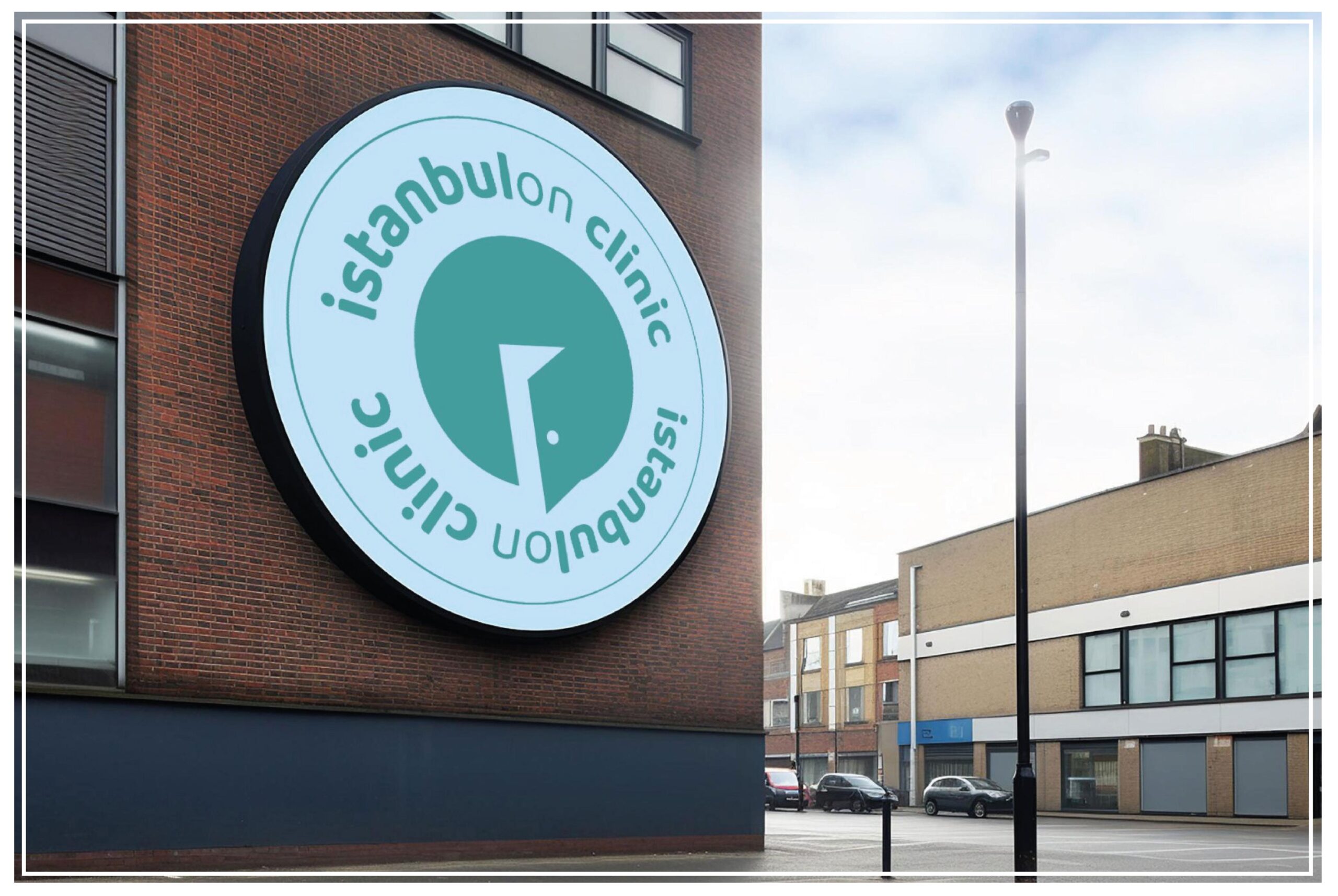
Stem cell therapy in neurological diseases
Cell therapies for neurological disorders present unique opportunities compared with conventional medicines. They have the potential to replace damaged nervous tissue and integrate into the brain or spinal cord to produce functional effects for the lifetime of the patient, which could revolutionize the way clinicians treat debilitating neurological disorders including Parkinson's disease, Alzheimers, huntington's disease and epilepsy.
With all the remarkable new approaches to treat neurological disorders, challenges are overcome with the evolving technology and innovation occurring in the stem cell field.
Neural stem cells (NCS) that have been taken from patients own bone marrow stem cells, have the potential of self-renewal and differentiation, which shows great foreground as the replacement therapy of endogenous cells in neurological diseases, which broadens a new way of cell therapy.
The biological functions of NSCs in the repair of nerve injury include neuroprotection, promoting axonal regeneration and remyelination, secretion of neurotrophic factors, immune regulation, and improve the inflammatory microenvironment of nerve injury. All these reveal that NSCs play an important role in improving the progression of neurological diseases. Therefore, it is of great significance to better understand the functional role of NSCs in the treatment of neurological diseases.
NSC transplantation can replace injured or missing neurons by differentiating into neurons at the site of nerve damage, producing protective neurons and maintaining the number of neurons, which provides another attractive treatment strategy for the treatment of neurological diseases. Currently, different studies have confirmed this therapeutic effect and application value of NSCs in neurological diseases, and great progress has been made.
In addition to the differentiation and self-renewal characteristics of NSCs, NSCs play a variety of functional characteristics in neural injury repair and regeneration, including immune regulation (the interaction between immune cells and NSCs/neural progenitor cells and their offspring seems to determine the effectiveness of endogenous regeneration response. It also determines the functional integration of transplanted NSC, secretion of neurotrophic factors (such as GDNF and BDNF), anti-inflammatory regulation, angiogenesis, axon regeneration and myelin formation as well as inhibition of glial scar formation by allowing implanted NSCs to differentiate into Schwann cells (SCs) and maintain a microenvironment rich in growth factors, thus promoting nerve regeneration.
All Department
Opening Hours
| Monday – Friday | 8.00 – 18.00 |
| Saturday | 9.00 – 17.00 |
| Sunday | 9.00 – 15.00 |
| Holidays | Closed |
Quick Contact
- Address Meltem Sk. No:11 Büyük Çamlıca Üsküdar / İstanbul
- Email info@istanbulonclinic.com.tr
- Phone +90 537 674 42 11


